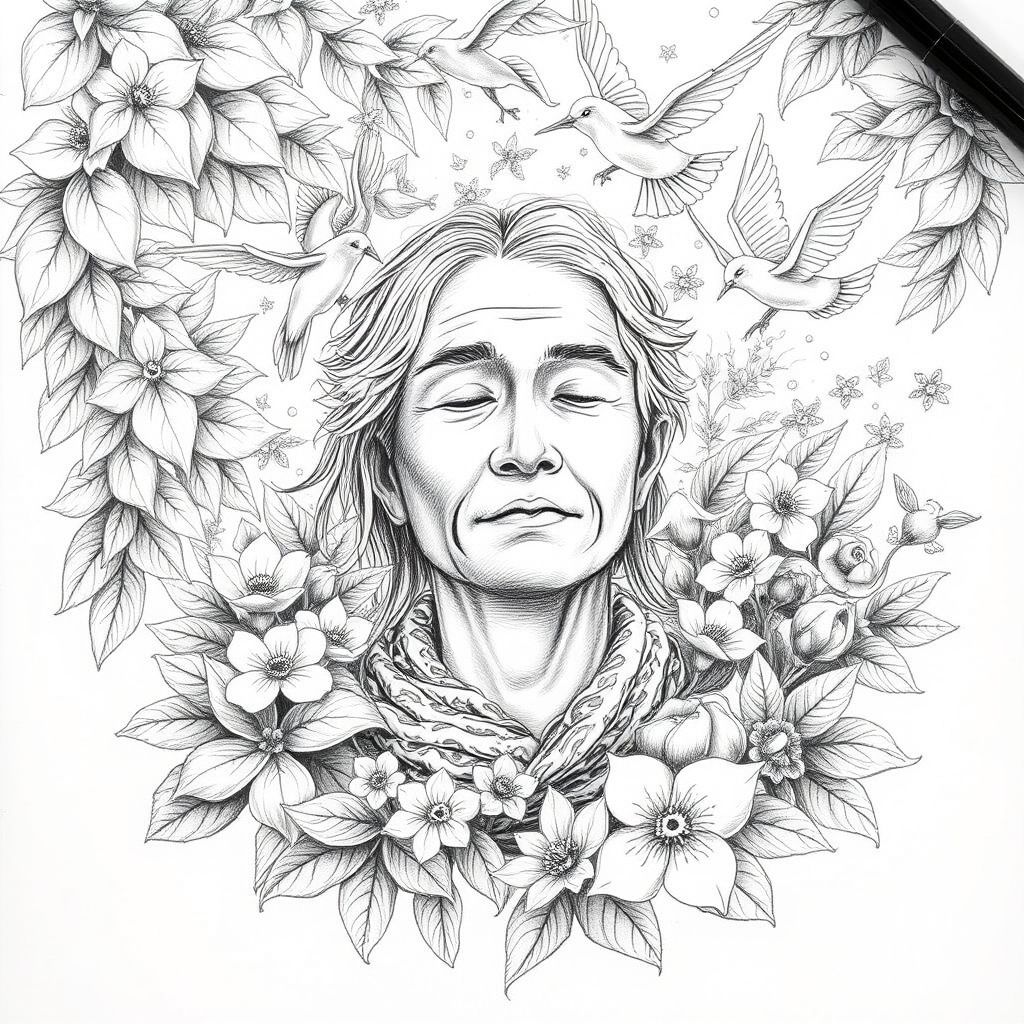The written word has the power to transport us to different worlds, cultures, and ways of life. Through literature, we can engage with the wisdom of indigenous communities and traditional cultures, celebrating their profound relationships with nature and the narratives that have shaped their identities. In this blog post, we’ll explore the importance of preserving and promoting the cultural heritage of these communities, and how literature can serve as a bridge to understanding and appreciation.

Indigenous communities
Indigenous communities have long been the guardians of traditional knowledge, passed down through generations of storytelling, oral traditions, and cultural practices.
The term “Indigenous communities” refers specifically to the native peoples who have historically inhabited and continue to inhabit a particular region or territory. These communities have their own distinct languages, cultures, and traditions, which have been shaped by their ancestral connection to the land. Examples of indigenous communities include Native American tribes, Aboriginal Australians, and Maori people in New Zealand.
Their connection to the land, the environment, and the natural world is deeply rooted in their spiritual and philosophical beliefs. By reading literature written by indigenous authors, we can gain a deeper understanding of their perspectives, experiences, and worldviews.
Koech has been a vital advocate for conserving the Mau Forest, a critical ecosystem under challenges from deforestation and modernization. His efforts demonstrate how traditional knowledge is not just about cultural preservation but also about safeguarding biodiversity and sustainable living. His teachings and activism showcase the intricate link between oral traditions and ecological conservation, reinforcing how indigenous wisdom can offer solutions to contemporary environmental challenges.
By engaging with literature written by indigenous authors, we can gain a deeper understanding of these perspectives, experiences, and worldviews. See more at Book Riot and Penguin Random House.
Works that explore traditional knowledge serve as a bridge between past and present, allowing readers to appreciate the role of indigenous communities in maintaining environmental balance. Stories, poems, and historical accounts become powerful tools for advocacy, ensuring that the voices of elders like Koech are heard and that their insights continue to guide future generations.
Reading and supporting such literature not only enriches our understanding of different cultural perspectives but also amplifies the call for protecting both traditions and natural landscapes. Just as Koech fights to preserve the wisdom of his ancestors and the forests they nurtured, literature can be a means of keeping these vital narratives alive, inspiring action and awareness worldwide.

Traditional cultures
Traditional cultures encompass a wide range of cultural groups that have maintained their traditional ways of life, practices, and beliefs over time.
The term “Traditional cultures”, is a broad term that encompasses a wide range of cultural groups that have maintained their traditional ways of life, practices, and beliefs over time. This can include indigenous communities, but also other groups such as rural communities, ethnic minorities, and cultural heritage groups. Traditional cultures can be found in many parts of the world and may not necessarily be tied to a specific geographic location or ancestral connection to the land.
From the rural communities of Europe to the cultural heritage groups of Asia, traditional cultures offer a wealth of diversity and wisdom. Through literature, we can explore the customs, traditions, and values of these communities, and gain a deeper appreciation for the richness of human experience.
Literature has the power to break down barriers and build bridges between different cultures and communities. By reading and engaging with the stories, poems, and narratives of indigenous communities and traditional cultures, we can foster greater understanding, empathy, and respect. We can also learn about the challenges and struggles faced by these communities, and how we can support and promote their cultural heritage.

I invite you to discover my new book “Viajero de la Bruma,” a work that explores themes such as human connection beyond differences, compassion as a bridge between souls, and the search for meaning amidst uncertainty.
Through its pages, I reflect on vulnerability, empathy, and how our experiences shape the spaces we inhabit, both physical and emotional. If these themes resonate with you, I encourage you to immerse yourself in this poetic journey.
I hope you find a spark of inspiration in it!
Key Differences Between Indigenous Communities and Traditional Cultures
Understanding the distinction between indigenous communities and traditional cultures is essential when discussing cultural heritage, identity, and preservation. While the two terms may seem similar, they have distinct meanings and contexts.
1. Indigenous Communities: Deeply Rooted in a Specific Land
Indigenous communities are groups of people with a historical, ancestral, and cultural connection to a specific geographic region. Their identity is deeply tied to the land they have inhabited for generations, often predating modern nation-states. These communities have unique languages, traditions, and governance systems that have been passed down through oral histories and lived experiences.
For example, the Maasai of East Africa, the Mapuche of Chile, and the Ojibwe of North America are indigenous groups with a long-standing relationship with their ancestral lands. Their cultural practices are not only a reflection of their history but also a means of survival and resistance against external influences such as colonization and industrialization.
2. Traditional Cultures: Broader and More Inclusive
Traditional cultures, on the other hand, encompass a wide range of cultural groups that have preserved their customs, beliefs, and ways of life over time—but they are not necessarily tied to a specific indigenous identity or ancestral land. These cultures can exist within any society, including urban and globalized settings, and may evolve while still maintaining core traditions.
For instance, the tea ceremonies in Japan, flamenco music in Spain, and the art of henna in South Asia are all examples of traditional cultural practices that have been maintained for centuries, even as societies modernize. While these traditions are important cultural markers, they do not necessarily define an indigenous community.

Why Does This Distinction Matter?
Recognizing the difference between indigenous communities and traditional cultures is important for cultural preservation, advocacy, and policy-making. Indigenous groups often face unique challenges, such as land rights struggles and the threat of cultural erasure, requiring specific legal protections. Meanwhile, traditional cultures, though valuable, do not always carry the same historical or political significance in terms of identity and sovereignty.
By appreciating and supporting both, we can help ensure that diverse cultural heritages—whether rooted in a specific land or passed down through generations—continue to thrive in an ever-changing world.
Do you want to discover the emotions, reflections, and poetic landscapes of “Viajero de la Bruma” before committing?
Download the free Sample Copy and immerse yourself in a special selection of poems and illustrations that evoke the central themes of this work.
Exploring Traditional Cultures Beyond Indigenous Communities
When we think of traditional cultures, we often focus on Indigenous communities. However, there are numerous examples of non-Indigenous groups that also preserve their unique ways of life and cultural practices. Here are a few noteworthy examples:
- The Amish Community in the United States: Despite being a minority in a rapidly modernizing society, the Amish have steadfastly maintained their traditional lifestyle and practices. Their commitment to simplicity, community, and faith serves as a powerful reminder of the value of cultural preservation.
- Rural Communities in Europe: Across Europe, many rural communities continue to uphold traditional farming practices and cultural heritage. These communities often rely on age-old techniques and customs that have been passed down through generations, fostering a deep connection to the land and their history.
Read more at the European Rural Community Association website. - Cultural Heritage Groups in Asia: In countries like China and Japan, various cultural heritage groups work diligently to preserve their traditional practices and customs. From ancient festivals to artisanal crafts, these communities play a vital role in keeping their rich cultural legacies alive.
These examples highlight the diversity of traditional cultures around the world, reminding us that the preservation of cultural identity is a global endeavor that transcends geographical boundaries.









